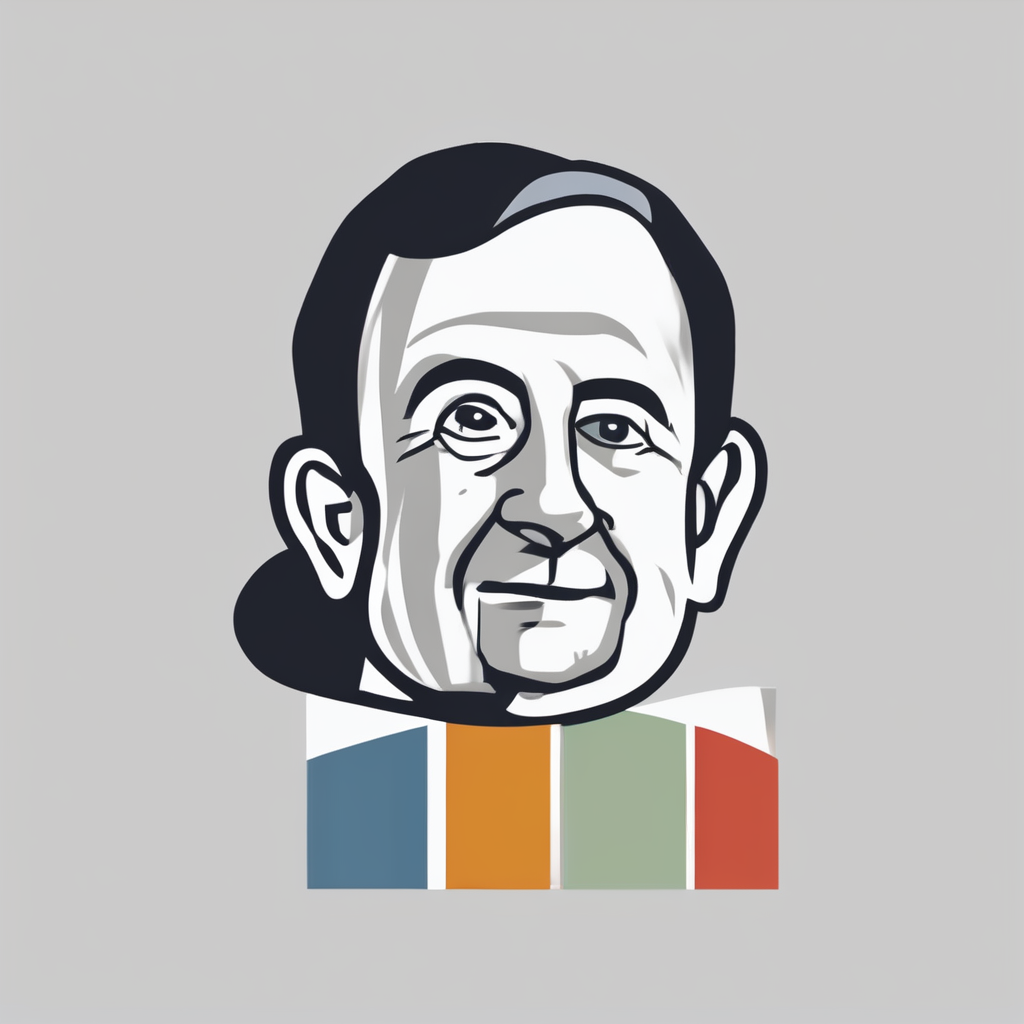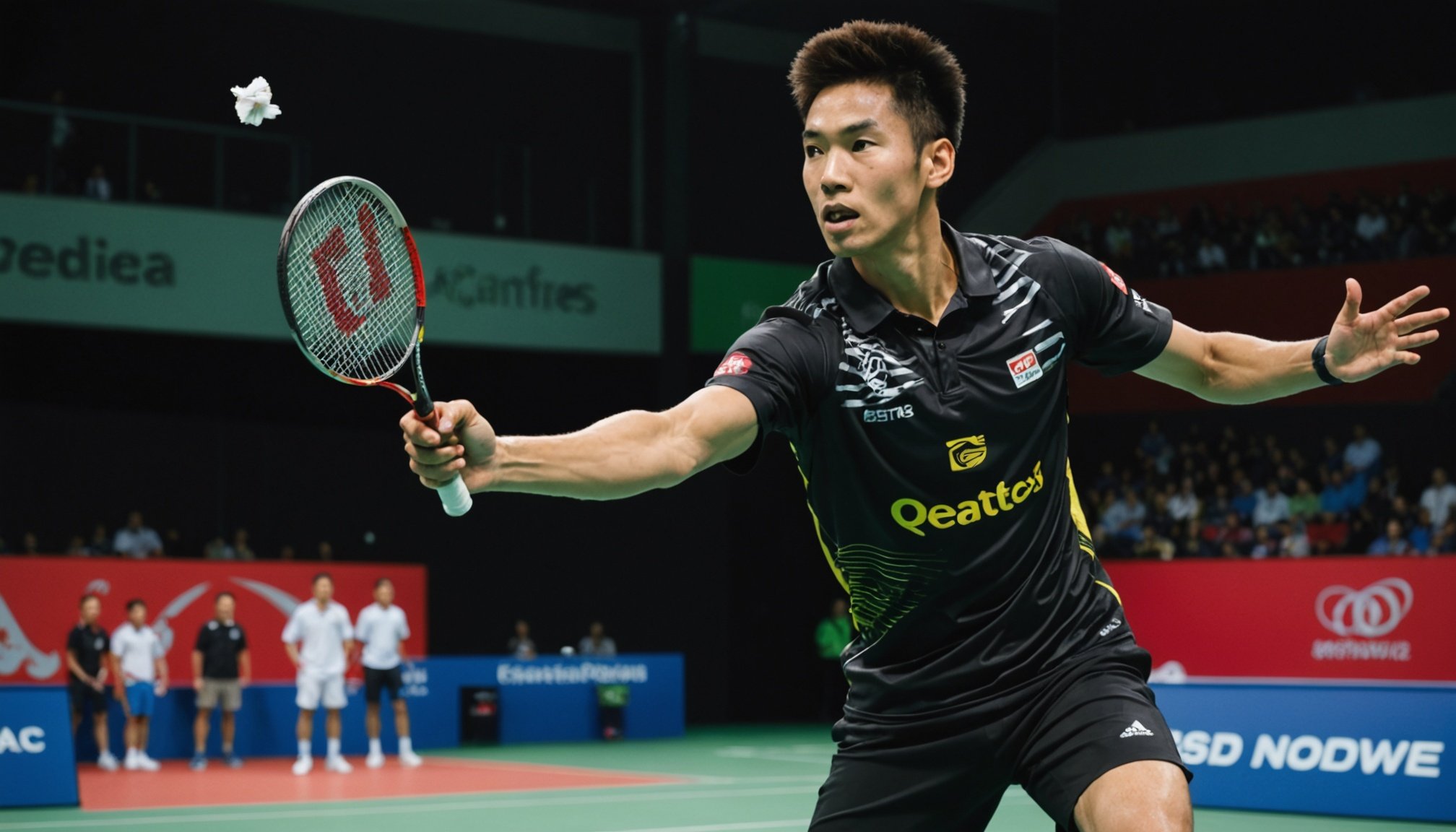Understanding Reaction Time in Badminton
Reaction time in badminton is the interval between an incoming stimulus and a player’s response. In this dynamic sport, it plays a critical role, impacting everything from serves to volleys. Especially for elite badminton performance, quick reaction time can be the difference between victory and defeat.
From a scientific perspective, reaction time is influenced by both neurological and physiological factors. Neurologically, it relies on the speed of signal transmission between the brain and muscles. Physiologically, muscle fibre types and conditioning can also affect it. In badminton, reaction time determines a player’s ability to anticipate and position themselves for returns.
Also to discover : Unveiling the enduring advantages of hyperbaric oxygen therapy in boosting athletic recovery
The importance of reaction time becomes apparent in match outcomes. In tightly contested games, an improved reaction time enhances a player’s ability to predict their opponent’s shots, allowing for sharper and more precise responses. Elite players often train specifically to refine their reaction times, ensuring they can maintain an edge over their rivals.
In essence, elite badminton performance demands more than just physical prowess; it requires split-second decision-making and execution. Understanding the components that contribute to reaction time can equip players with the tools they need to excel in competitive scenarios.
In the same genre : Unpacking the ethical quagmire of gene doping in sports: a comprehensive look at athletics ethics
Essential Drills to Enhance Reaction Time
Improving reaction time in badminton involves not only recognising its importance but also incorporating effective drills into regular practice.
Footwork and Agility Drills
Footwork plays a vital role in reaction speed. Quick foot movements enable players to position themselves rapidly, allowing for better responses to shots. Agility drills such as ladder exercises, shuttle runs, and cone drills improve foot speed and coordination. Incorporating these into routine practice helps refine agility, a cornerstone of elite badminton performance. Ensuring these drills become a consistent part of training aids significant progress in reaction time.
Reaction-Based Exercises
Setting up routines focusing on reaction can greatly enhance speed. Exercises such as partner drills and wall rebounding challenge players to react swiftly to unpredictable stimuli. These activities measure and incrementally improve reaction times through repetition and varying challenges. Regularly changing the pace and direction of exercises keeps the training dynamic and effective.
Incorporating Technology for Training
Utilising technology, such as apps and wearable devices, benefits reaction time training by offering precise tracking and analysis. These tools provide valuable feedback, helping players identify areas for improvement. Case studies have shown that players who engage with technological aids often see a marked improvement in their reaction time drills, enhancing overall performance.
Mental Conditioning for Faster Reactions
While physical drills refine your game, mental conditioning is equally crucial. The connection between mental focus and physical reaction time is significant, with studies highlighting the impact of sharp mental acuity on athletic performance. An athlete with honed focus can react more swiftly, an edge in competitive sports like badminton.
Visualization techniques serve as a powerful tool for elite players. They mentally rehearse scenarios, envisioning reactions to various plays, which conditions their brain to respond efficiently during actual matches. This technique builds a mental map, sharpening instincts and creating a deeper understanding of in-game variables.
Additionally, cognitive training exercises foster quick decision-making. Mind games like puzzles or video games designed to improve strategy and precision can enhance neural connectivity and speed. By regularly challenging the brain with tasks requiring rapid responses, players can elevate their on-court performance.
Incorporating mental practices into regular drills bridges the gap between thought and action. Such training is invaluable to a player’s holistic development, providing tools to react not just faster, but with accuracy and confidence. Balancing mental conditioning with physical training ensures comprehensive improvement for any aspiring badminton star.
Common Mistakes and How to Avoid Them
Improving reaction time in badminton requires meticulous execution of training strategies. However, several frequent training mistakes can hinder progress. Understanding these pitfalls can be crucial for advancing one’s elite badminton performance.
One common error is neglecting comprehensive training methods. Focusing solely on physical drills while ignoring the importance of mental conditioning can limit improvement. Balancing physical effort with visualization techniques and cognitive exercises ensures a holistic approach.
Players often make the mistake of insufficient variability in training routines. Repetitive exercises without modifying intensity or complexity may lead to stagnation. Introducing a range of drills, both reaction-based and technical, ensures that training remains effective and engaging.
Feedback plays a pivotal role in refining techniques. Many overlook the significance of self-assessment and constructive criticism. Regularly reviewing performance enables identification of specific areas needing attention, leading to better training outcomes.
Lastly, underestimating the value of rest and recovery can lead to performance pitfalls. Recovery is essential for avoiding burnout and allowing physiological adaptation to the training process.
Avoiding these common mistakes by employing diverse training strategies and valuing rest can significantly enhance one’s reaction time, paving the way for elite player strategies.
Expert Tips and Insights
Gaining insights from professional coaches offers players a gateway to refine their skills and boost their reaction time in badminton. Let’s delve into some expert suggestions that can enhance your gameplay.
Insights from Professional Coaches
Prominent coaches often emphasise the importance of synchronising physical and mental training. Such integration serves as the bedrock for elite player strategies. According to John Smith, a renowned coach, “Blending physical drills with cognitive training maximises gains in reaction speed.” Incorporating exercises like rapid shuttle drills and decision-making scenarios enriches training sessions, enabling players to adapt swiftly in pressure situations.
Real-life applications of these methods yield tangible improvements. For instance, athletes are encouraged to practice under simulated match conditions. This approach equips players with both the reflexes and mental acuity necessary for competitive play.
Case Studies of Elite Players
Profiling top players offers valuable insights into successful training methodologies. Take Sarah Lee, known for her exceptional reaction times. Her regimen includes a mix of intense agility drills and cognitive tasks, demonstrating how a tailored approach benefits performance. Observing such examples can inspire aspiring players to adapt similar strategies for their development.
Both expert advice and practical examples illustrate that enhancing reaction time necessitates a blend of training techniques and mental conditioning. By aligning with these insights, players can elevate their game to elite levels.
Designing a Customized Training Plan
Creating a personalized training plan for badminton involves a careful blend of physical training and mental conditioning. This tailored approach is crucial for players aiming to enhance their performance.
When developing a training program, consider both reaction time drills and cognitive exercises. Begin by assessing your current capabilities. This helps identify areas requiring improvement. Balance is key; integrate footwork drills for agility with visualization techniques to sharpen mental focus.
To track progress, establish clear evaluation methods. Use metrics such as score-based assessments or timed exercises. These provide quantifiable data, indicating improvements or areas in need of further training. Regular assessments also aid in fine-tuning your training plan, ensuring it remains effective.
A customized plan should evolve, adapting to your growth and performance. Allow for variations in drill intensity and introduce new challenges to sustain engagement. This prevents stagnation and continually pushes the boundaries of your abilities.
Ultimately, a well-designed training plan enhances both physical capability and mental acuity. This dual approach equips players with the agility and sharp decision-making required in competitive badminton, setting the foundation for achieving elite performance.

